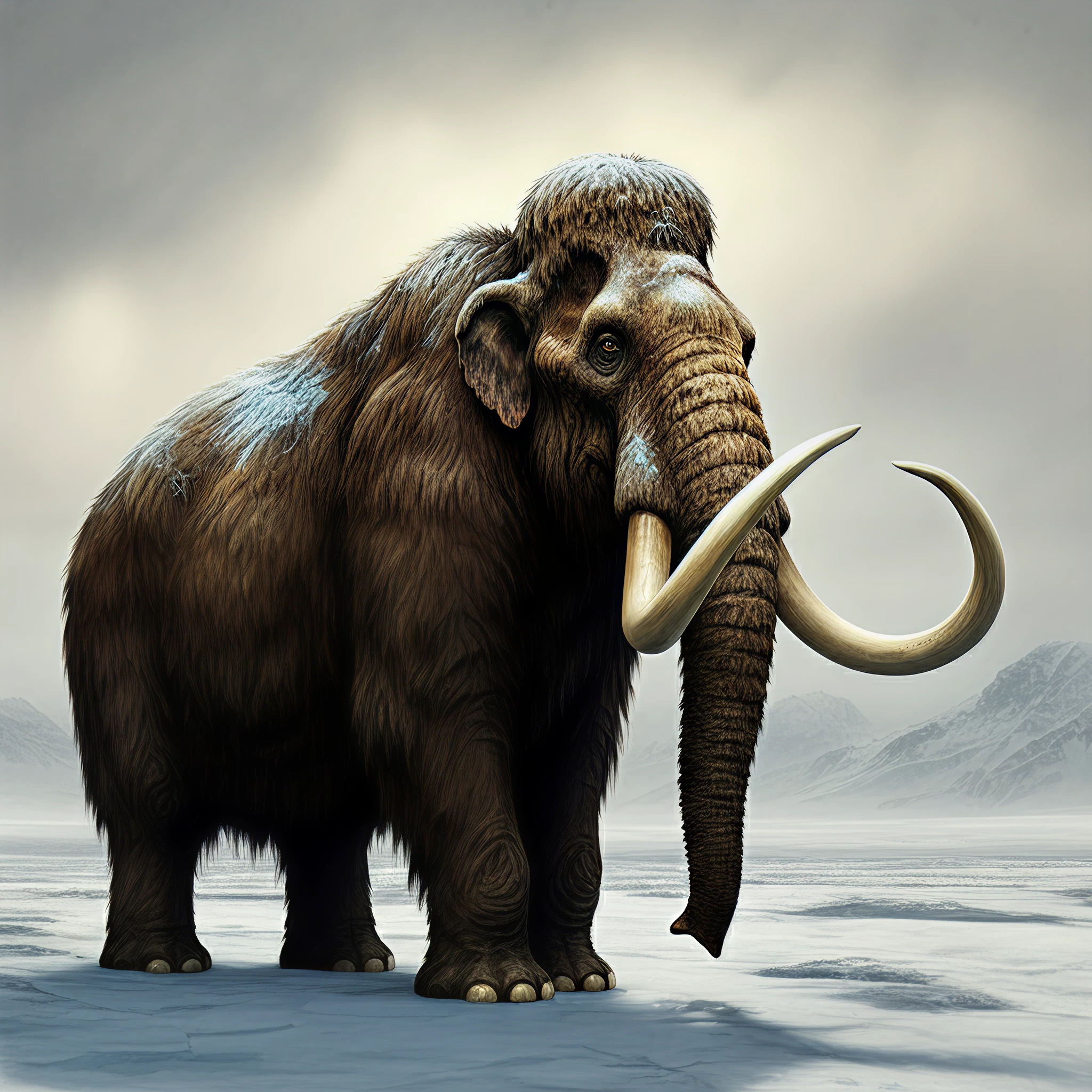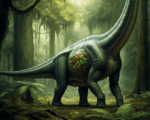Introduction
What if you could glimpse into the genetic story of creatures that roamed Earth over a million years ago? That’s precisely what a groundbreaking study has achieved. A team of researchers has sequenced the oldest-ever mammoth DNA, dated to an astonishing 1.3 million years old. The findings mark a revolutionary milestone in evolutionary biology, shedding new light on mammoth species, their migration patterns, and adaptive shifts over time.
By investigating this extraordinarily ancient DNA, scientists are not only advancing our understanding of mammoth evolution but also refining the methods we use to uncover the deep genetic history of life on Earth.
The Oldest DNA Ever Sequenced
DNA typically begins to degrade shortly after death, making it incredibly rare to extract genetic material older than 100,000 years. However, researchers from Stockholm University have defied the odds. Using advanced techniques, they sequenced 34 new mitochondrial genomes (mitogenomes) from mammoth specimens, including 11 samples from the Early and Middle Pleistocene, one of which dates back 1.3 million years. Among these, they identified the oldest known mammoth DNA in North America.
These findings highlight not just the resilience of DNA in frozen tundra conditions but also the potential for ancient DNA to unlock pivotal evolutionary mysteries.
Insights into Mammoth Evolution
Analyzing this DNA revealed fascinating insights into how mammoth lineages diversified over millions of years. By mapping genetic shifts against known Pleistocene-era demographic changes, the study demonstrated how environmental events directly shaped mammoth populations. For example:
- Origins and Migration: The study supports evidence of an ancient Siberian origin for major mammoth lineages.
- Lineage Expansion and Contraction: Periods of climatic shifts, such as Ice Age cycles, caused expansions and contractions in mammoth genetic diversity, aligning with broader global events.
“This is the first time researchers have successfully linked ancient DNA to large-scale demographic changes in prehistoric species,” says Dr. J. Camilo Chacón-Duque, the study’s lead author.
Why This Matters
This research showcases the power of modern science to reconstruct evolutionary stories that were once thought impossible to tell. Key outcomes of the study include:
- Enhanced Molecular Techniques: Improved sequencing methods now allow scientists to extract and analyze DNA samples far older than previously thought possible.
- Refined Dating Tools: Researchers developed an advanced molecular-clock framework to estimate the ages of ancient specimens with improved accuracy.
- Holistic Understanding: The study underscores how shifts in ancient ecosystems influenced not only mammoths but likely many other prehistoric species.
What This Means for Genetics and Paleontology
By sequencing the oldest DNA to date, scientists not only chronicled mammoth evolution but also opened doors for broader research into extinct and endangered species. By applying advanced genetic techniques, future studies can analyze other long-lost species and test how environmental changes impacted evolution on a global scale.
“This work expands our ability to reconstruct the past and paves the way for new discoveries across paleontology and genetics,” adds Professor Love Dalén, the study’s senior author.
Closing Thoughts
One of the most thrilling aspects of science lies in its ability to reveal answers while simultaneously posing deeper, even more intriguing questions. What other species harbor untold genetic secrets deep within the permafrost or undersea sediments? How might these discoveries shape our understanding of the world’s biodiversity? As researchers build on this pioneering work, the field of ancient DNA continues to redefine what we know about life on Earth.
Images showing mammoth tusks, mitochondrial DNA sequences, or fossils could accompany this article to add visual depth to the incredible science at play.








